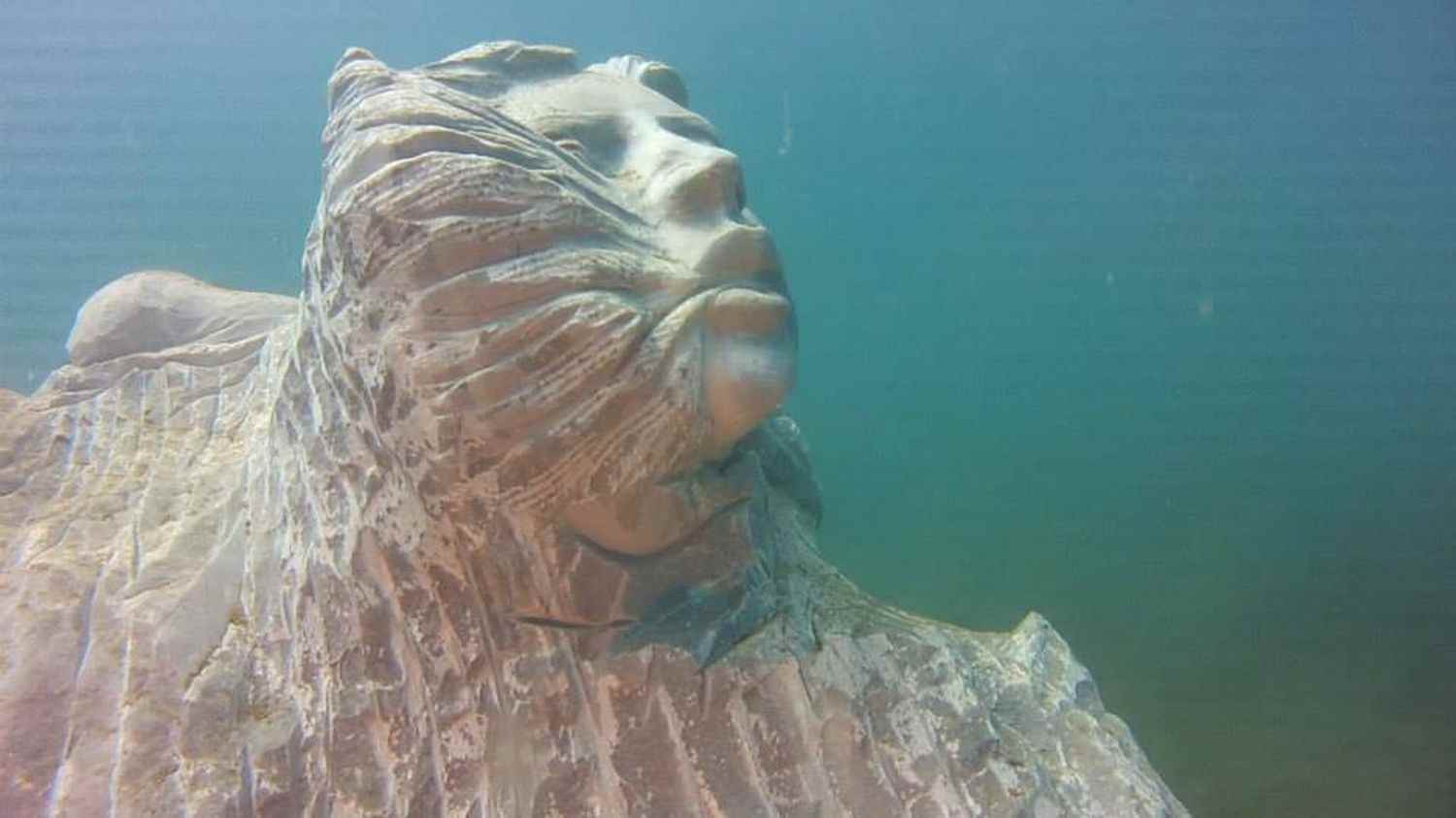It is a fight which, on this June 8, World Oceans Day, brings a little light, a little hope. However, at the start, it resembles rather that of David against Goliath, that of a small fisherman from the bay of Talamone, in Tuscany, Paolo Fanciulli, against armadas of industrial fishing trawlers, these factory ships which scrape the bottom of the Mediterranean and take everything in their path. As he tells the Euronews channel, from the 1980s, when he was thirty years old, he observed the first damage, and noticed that his fish catches were decreasing. He therefore leads a first mobilization by blocking the entrance to a port to prevent trawlers from coming to sell their cargo. Immediate media success, Paolo Fanciulli became a star, the voice of the fight against the scourge of maritime plunder.
Because indeed, this type of fishing, by trawling by dragging weighted nets, is prohibited within 3 nautical miles of the coast, that is to say 5.5 kilometers. It’s forbidden, but it still happens. At night, often, when no patrol is there to measure the regulatory distance.
To tackle the problem, in 2006, he first collaborated with the Tuscan authorities to throw concrete blocks into the bottom of the bay, intended to obstruct the fishing nets of trawlers. In vain. Too light, too far apart, the trawling continued. He therefore imagined another type of hobble, more noble, more elegant, much heavier too: he asked the boss of the Carrara stone quarries if he could provide him with marble, two or three ten-deal blocks for sculpt works, place them at the bottom of the water, and create an anti-trawl underwater museum, called La Casa di pesci (the fish house).
The idea seduces the director of quarries who gives him not two but 100 blocks of marble. The first sculpture was submerged in 2013. Today, fifty more have been carved, sculpted, polished by artists and placed at the bottom of the bay. And it works. Faced with the danger of ending up with a net stuck in a sculpture, the trawlers bypass the area.
And marine life resumed. Posidonia meadows are growing back. Algae, anemones, starfish and sea urchins have settled on the sculptures and thus attract sea bream, lobsters, langoustines and even turtles. Proof that life always resumes if we give it space. It is still necessary, like Paolo Fanciulli, to dare to give it to him.
